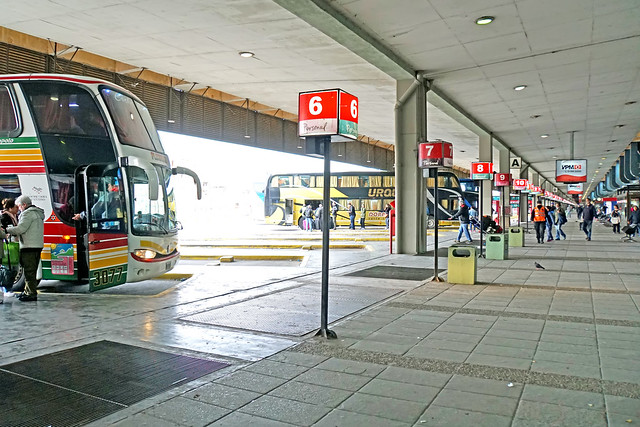The rapid advancement of technology has consistently reshaped the labor market, introducing both opportunities and challenges. One of the most significant developments in recent years is the rise of autonomous vehicles (AVs). These self-driving cars and trucks promise to revolutionize transportation, offering benefits such as reduced traffic accidents, increased fuel efficiency, and enhanced mobility. However, as we inch closer to widespread adoption of AVs, an important question looms: can autonomous vehicles increase unemployment?
To understand the potential impact of AVs on the job market, we must first consider the sectors most directly affected. The transportation industry is one of the largest employers globally, with millions of people working as drivers—be it for rideshare services, trucking, delivery services, or public transport. The introduction of AVs could significantly disrupt these job roles. Studies suggest that up to 3.5 million trucking jobs in the U.S. could be at risk as self-driving technology becomes more reliable and cost-effective. Additionally, rideshare drivers and taxi operators may find their livelihoods threatened as passengers opt for automated services.
TRANSITION WORRIES
However, the narrative of unemployment is not solely one of loss. While it is true that certain jobs may become obsolete, the advent of AVs may also create new employment opportunities. For instance, the design, manufacturing, and maintenance of autonomous vehicles require a skilled workforce. As the technology develops, there will be a growing need for engineers, software developers, and technicians who specialize in AV systems. Moreover, industries related to data analysis and cybersecurity will expand to ensure the safe operation of these vehicles.
Furthermore, the transition to autonomous vehicles may lead to the emergence of new business models and economic activities. Think about the possibilities of goods delivery systems that operate around the clock without human intervention, or the potential for shared mobility services that could make transportation more efficient and accessible. These developments could spur job creation in fields like logistics, infrastructure development, and urban planning.
CONSTRAINTS
The challenge lies in the transition phase. Workers displaced by AV technology may struggle to find new employment in a rapidly evolving job market. To mitigate the potential rise in unemployment, a proactive approach is essential. Policymakers and industry leaders must prioritize reskilling and upskilling initiatives to prepare the current workforce for the demands of a technology-driven future. This could involve investing in training programs that equip workers with the necessary skills to thrive in emerging roles, as well as creating safety nets for those affected by job displacement.
Moreover, public discourse around AVs must encompass ethical considerations, including the socio-economic implications of their widespread adoption. It is crucial to engage with communities and stakeholders to understand their concerns and ensure that the transition to autonomous vehicles is equitable and inclusive.
While the rise of autonomous vehicles poses a risk of increased unemployment in certain sectors, it is essential to view this transformation through a broader lens. AVs present both challenges and opportunities, and with thoughtful planning and investment in workforce development, we can navigate this new landscape to create a future where technology complements human labor rather than replaces it. The key lies in adaptability, foresight, and a commitment to fostering an inclusive economy amidst change.
